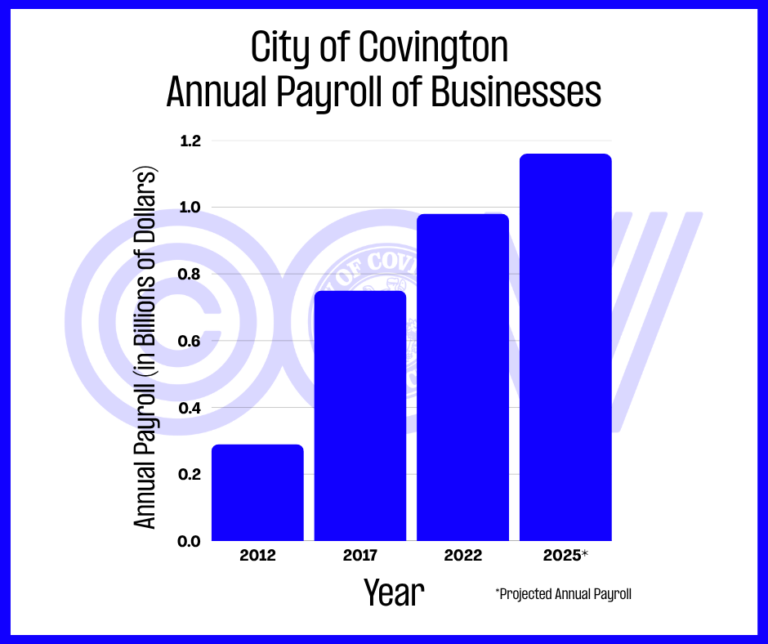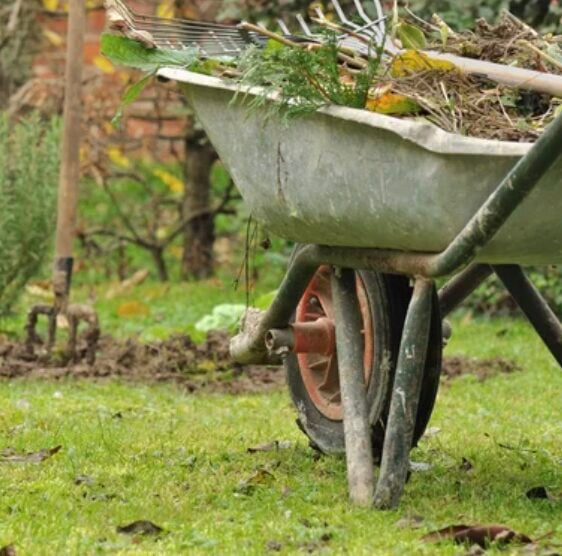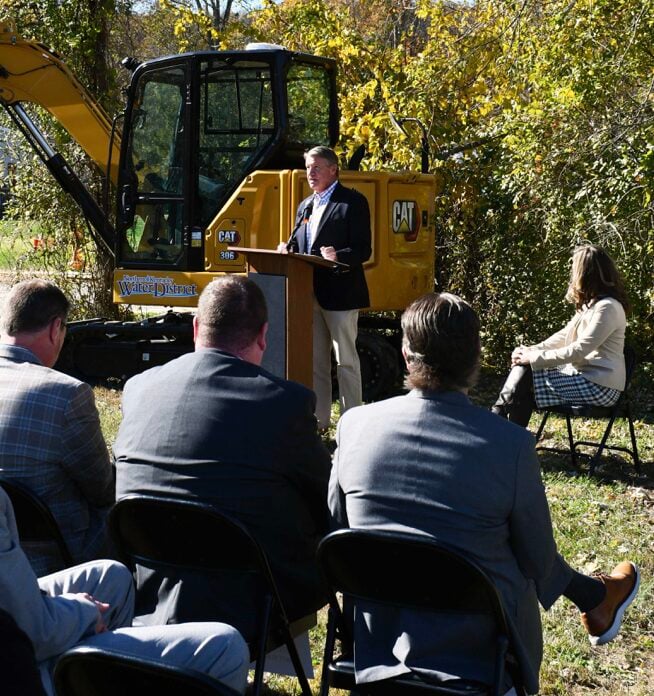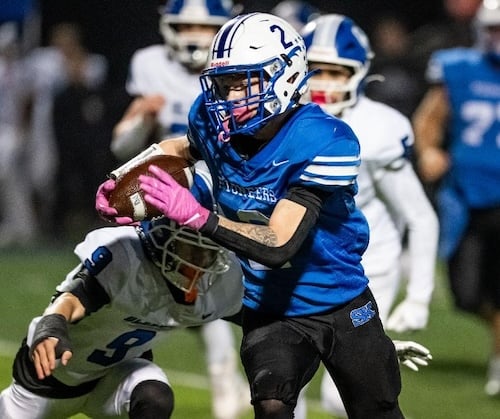
The Black Crappie (Promoxis nigromaculatus) is a native species that’s somewhat under appreciated.
Crappie fishing is tremendously popular in Kentucky, especially on our major lakes. But many anglers associate “crappie fishing” as fishing for the White Crappie, and consider Black Crappie as an incidental catch.
Nothing could be farther from the truth.
Black Crappies are game fighters on light tackle and more wary than the White Crappie, which many anglers consider a “meat” fish, to be caught on poles using live bait.
The Black Crappie is fished for as a sport fish, caught with a finesse presentation, backing off from cover, and casting small jigs and spinners.
Size and coloration
The Black Crappie was first identified in the scientific literature in 1829 by Charles Alexandre Lesueur, a French naturalist.

Black Crappie are silvery olive, with dark green to black wormlike markings, and seven or eight dorsal spines that are equal in length to its anal fins.
The blacknose crappie is not a third species. It’s the result of a recessive gene in Black Crappie, a naturally-occurring variant.
There is a pronounced black stripe from the fish’s nose to its dorsal fin. Found in fourteen states, the blacknose crappie was first noticed in the late 1950s in Arkansas’s White River.
A blacknose crappie must spawn with another blacknose crappie to pass on this recessive gene.
The blacknose crappie has been caught from seven major lakes in Kentucky — Kentucky Lake, Lake Barkley, Taylorsville Lake, Laurel River Lake, Paintsville Lake, Carr Creek Lake, and Dale Hollow Lake.
Distribution in Kentucky

Crappie are present in all of the state’s river drainages, 24 of Kentucky’s major lakes, and 15 small lakes in central and eastern Kentucky. In recent decades Black Crappie numbers have increased across Kentucky.
Boltz Lake, in Grant County, impounded from Arnolds Creek, a tributary of Eagle Creek in the Kentucky River basin, offers some of best fishing for Black Crappie, closest to northern Kentucky.
The 92-acre lake is four miles north of Dry Ridge (Exit 159) off I-75, reached via Ky. 22, Ky. 467 and Mt. Zion Road.
Black Crappie have a similar geographic range to the White Crappie, but is the dominant species in the South, from Florida to Texas. Black Crappie thrive in lakes with rooted aquatic vegetation and clear waters.
They are most successful in small lakes where there are intensive management practices in place and special creel limits. Stocking predator fish such as Blue Catfish or Saugeye is necessary to prevent the overcrowding of small crappie to improve growth rates.
Food habits
Crappie feed on a variety of organisms, including invertebrates such as crustaceans and insects, but their diet is mostly minnows and other small fish. They are strictly carnivorous.
Fishing tips
Statewide, there is no minimum size limit on crappie, but minimum size limits and reduced creel limits are in effect on many lakes, both large and small, so read the regulations carefully. Special regulations on crappie began in the 1980s.
View the current Kentucky Fishing & Boating Guide.

Angler effort is greatest in the spring and fall, when the fish come up to the banks in shallow water.
But anglers targeting Black Crappie can catch them year-round casting and drifting tiny jigs and spinners, rigged on 1/32-ounce lead head, with a No. 6 hook, or a 1/16-ounce lead head, on a No. 4 hook. Fish light spinning tackle with reels spooled in four to six pound line.
From tagged crappie, monitored by radio telemetry, biologists learned that Black Crappie not only move up earlier, but into much shallower water, than White Crappie, in the spring.
In autumn, Black Crappie move up shallow as water temperatures fall into the lower 60s.
Black Crappie tend to be spooky. You can’t pull the boat right on top of them, you have to back off and cast.
From late September to late November crappie are in transition, moving from deep-water channels to brush and weed beds on flats, and eventually into the shoreline shallows. Their activity picks up as the hours of daylight shorten and water temperatures decline.
A good way to find active Black Crappie in the fall is to cast a jig to the banks and stair-step it down into deeper water, hopping it over, around and through cover. With this strategy you’ll eventually find the depth at which they are feeding.
In summer Black Crappie are in deeper water, usually found on isolated cover, such as a single stump, a small brush pile, the deep side of a weed bed, or atop a ditch, hole or dropoff at the edge of a flat.
Black Crappie are beautiful fish that are really fun to catch. The reward is worth the effort to find them. Get out there early and late in the day and stay at it.























Grenada lake in Mississippi has more 4 pound crappie than anywhere.
That right there is supper!